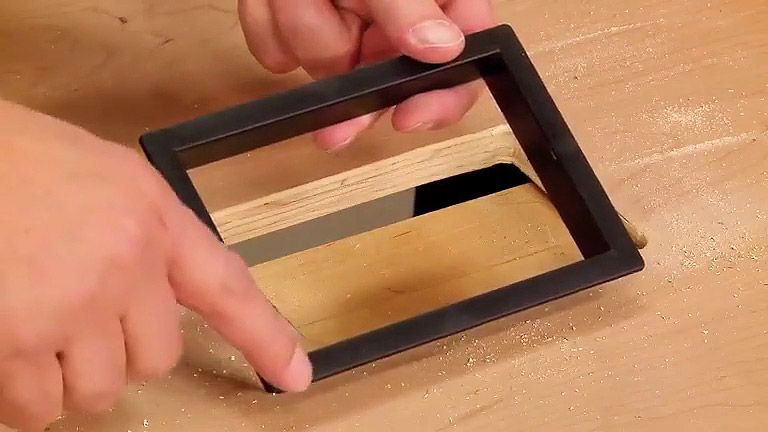For me, woodscrews are an essential part of woodworking. And I don’t think too many woodworkers would give you an argument on this point. The truth is that woodscrews can make your projects stronger, easier to assemble, look better, and last longer. I use them for applications ranging from case construction to fastening tabletops to quickly assembling jigs. They can be used in so many ways to do so many different things, there’s simply no good substitute. Basically, screws are just another type of joint. And like any other joinery, screws have to be used properly in order to provide the strongest joint. But this is all basic stuff and once learned, it becomes second nature.

You may be thinking that a woodscrew is just a woodscrew. But there are actually two main types of woodscrews — the traditional woodscrews and the newer, modern woodscrews. The shallow threads on a traditional woodscrew are cut or milled into a blank. This results in the unthreaded shank having the same outside diameter as the threads. A modern woodscrew has threads that are rolled or drawn out of the blank. This gives you a screw with deeper threads and a shank that matches the root diameter of the screw. You’ll also notice a steeper angle (pitch) on the threads that gives the screw more “grab.” Traditional screws are a good choice for most general tasks — attaching table and case tops, drawer runners, and support cleats. But I like to use modern woodscrews when maximum strength and holding power are required, such as assembling casework.

A couple of rules of thumb come into play when you’re determining the correct length of screw to use. The general rule is that two thirds of the length of the screw should penetrate into the lower piece. For example, if the upper piece is 3⁄4" thick, I use a screw that penetrates twice this thickness (11⁄2") into the lower piece. The total length of the screw should be in the range of 21⁄4". When fastening two pieces of 3⁄4"- thick stock together, I use 11⁄4"-long screws. This gives you maximum holding power without any chance of poking through the lower surface. A screw installed in end grain has different requirements. The reason is that a screw inserted into end grain has only about half the holding power of a screw in face grain. A simple way to compensate for this is to use a longer screw.

Once you’ve chosen a screw for the job, the second part of the equation is drilling a pilot hole to match. When using modern woodscrews, drilling the pilot hole is simple — just match your drill bit to the shank of the screw. In harder woods, you may want to drill a slightly larger pilot hole. Drilling a pilot hole for a traditional woodscrew is a little different. Since the shank of a standard woodscrew is larger than the root, it requires a stepped or tapered pilot hole, as shown in the middle and right example. Drilling a stepped pilot hole requires two operations. First, you’ll drill a shank hole in the top piece that matches (or slightly exceeds) the shank diameter. Next, a smaller pilot hole, sized to the root of the screw, is drilled to full depth.

Whether driving by hand or with a power driver, you need to apply maximum force straight down onto the screw. This helps prevent the driver from slipping out of the screw head. You’ll find that rubbing a small amount of lubricant on the screw threads saves elbow grease. My favorite is beeswax, but commercial lubricants or paraffin also work well.










